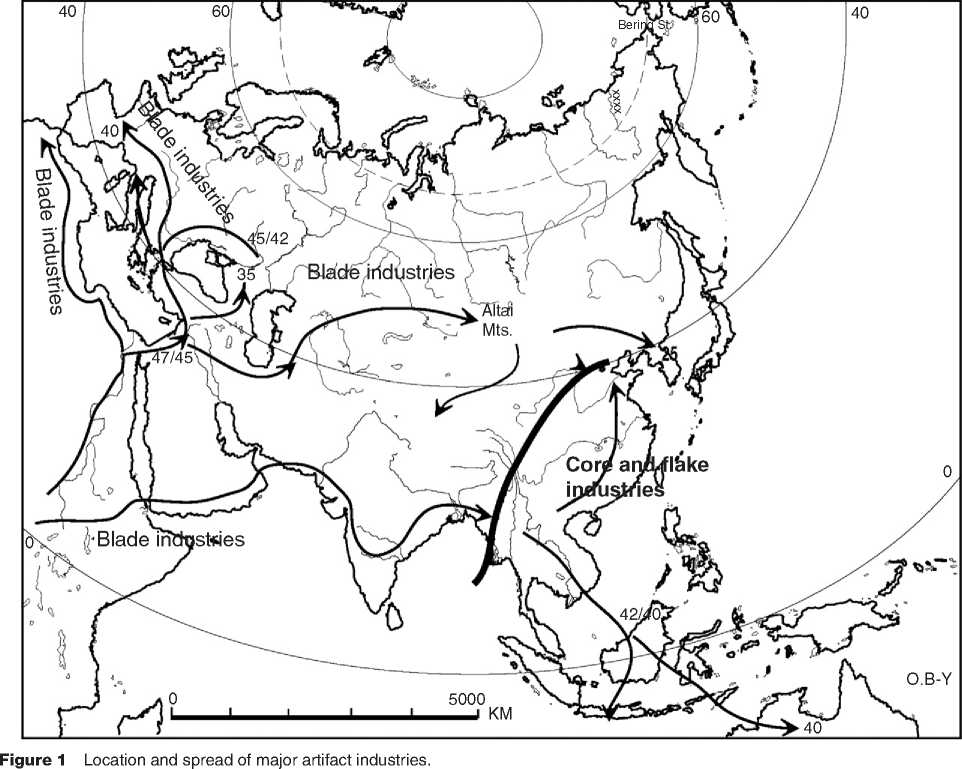The archaeological sequences from East Africa and Western Asia are not the same. However, the presence
Of two basic knapping techniques was recorded in both regions including the Nile Valley that served, more than once during prehistoric times, as a corridor for human movements in both directions. One knapping technique is known for the production of blades, by either unidirectional or bidirectional detachments from a core that often had a cylindrical shape or at least a rounded striking platform. The second way of detaching desired blanks from a core, often with a lenticular cross section, is the famous Levallois technique. This technique incorporates several different methods for the detachments of flakes, blades, and triangular points.
Interestingly, the early Middle Palaeolithic humans, beginning c. 250 000 years ago, produced bladeshaped artifacts in East Africa (defined as blanks of which the length is more than twice the width). This phenomenon is better known from the Levant, the Caucasus, and east of the Caspian Sea, where the Production of blades and pointed elongated blanks was carried out during the early Middle Palaeolithic (250 000-130 000/90 000 years ago).

In East Africa, the supposed homeland of the archaic modern humans, the Levallois technique seems to prevail. Blanks were shaped as side-scrapers and points and in addition bifacial (foliate) points were a component of the tool kit.
The Nile Valley produced a similar sequence with foliates present as a distinct tool type until about 100 000/90 000 years ago, while later the industries fall into the Mousterian dominated by the use of the Levallois technique. Foliates and tanged points characterized the Aterian that was known from eastern Sahara through the Maghreb, where they lasted longer, to about 30 000/28 000 years ago.




 World History
World History









